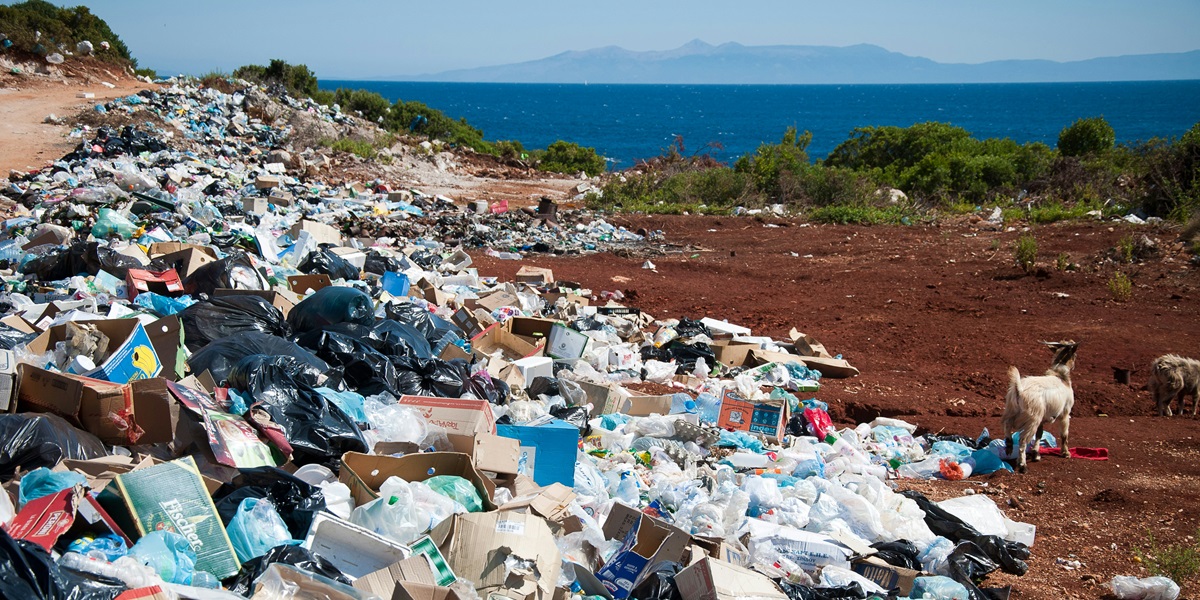In a world where human impact has collided with nature, hermit crabs are doing something unusual with their habitat. Instead of snail shells, these crustacean creatures make their homes from plastic bottle tops and light bulb bits. Photographer Shawn Mills captured this behaviour, revealing a scientific investigation into their housing habits.
When we walk along the beach enjoying the seashells, we have no idea that hermit crabs are changing their way of life. Plastic, usually considered bad for the environment, has become a shelter for these tiny creatures. The impact of plastic pollution on the environment is not a new story, but the crabs’ unusual adaptation adds a new chapter.
Researchers from the University of Warsaw, led by urban ecologist Marta Szulkin, embarked on an iEcology expedition. The study examined digital content from news websites and social media platforms, uncovering an unexpected tendency. 386 hermit crabs from 10 out of 16 species were discovered with fake shells, mainly plastic caps. This phenomenon affects tropical places worldwide, confounding our understanding of hermit crab behaviour.

In the words of Prof. Szulkin, “When I first saw these pictures, I felt it was heartbreaking. At the same time, I think we really need to understand the fact that we are living in a different era, and animals are making use of what is available to them.”
Experts are trying to ascertain if this innovative choice of housing is helpful or harmful to the crabs. The research offers insight into the complex aspects that influence shell selection, including chemical signals, predator proximity, shell quality, and even issues of the heart in the crab dating scene.
Recognizing the importance of Shawn Miller’s work, which first revealed this phenomenon in 2014, the study reveals a compelling story of adaptation in the Anthropocene period. As we watch these crustaceans build houses out of our wasted garbage, we are left with a deep question: are they laying the way for a new evolutionary trajectory, or are they unintentionally sliding into an ecological and evolutionary trap? The answers, like the hermit crabs’ plastic homes, are cloaked in mystery, compelling us to investigate the ever-changing interaction between nature and our contemporary world and reflect on the resilience of life in the face of our collective effect.
Sources
The plastic homes of hermit crabs in the Anthropocene
Plastic shells | University of Warsaw (uw.edu.pl)



